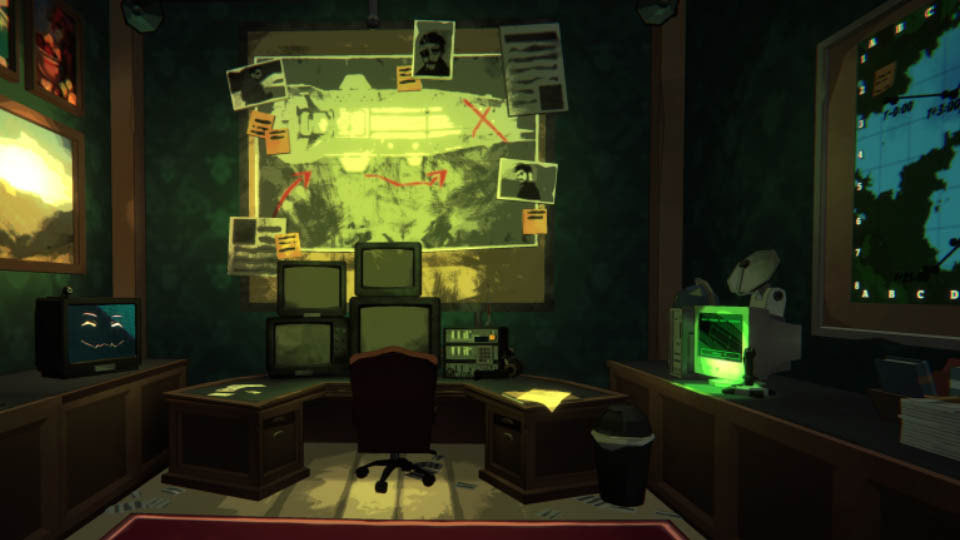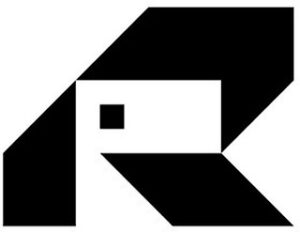The first puzzle you sometimes have to solve, when going to an escape room, is actually finding the room. From the top floors in five-storey buildings, to slightly dank basements found down a set of stairs on a high street, they can be pretty much anywhere – they’re just a handful of rooms, after all.
It’s this kind of humble nature that the opening of Escape Academy captures. It’s a game that will transport you off to a mysterious school for escapists, weaving a mystery through inventively themed challenges, the first being a deliberately generic-looking escape room. Except, this isn’t any old escape room and, having overcome the meagre challenge that it offers, you discover that it’s actually a front for the academy’s rather opaque recruiting process.
It won’t take long before you’re whisked away to the academy, enrolling at this school, taking classes, meeting the quirky teaching staff and characters, and finding yourself embroiled in some kind of mystery.
A lot of that mystery remained through our preview session, but what got to shine through was the game’s love of the escape room form. It’s really no surprise that Coin Crew Games was founded by a pair of escape room designers who chose to explore the possibilities of digital escape rooms during the pandemic.
Escape Academy does a great job of capturing the general feel of an escape room, of having to scour the environment for puzzles to solve, for clues to apply to solving them, of gathering a big bundle of information and then figuring out what applies to what puzzle. However, it also has to adhere to the various conventions and accommodations that are needed for video games. As you roam an area, you’ll scan the walls, the tables, even the floor for clues, and in true video game fashion, everything of note is highlighted for you as you look at it. Not everything is worth looking at, and some basic bookshelves or plants might simply get you a stock line about how untidy they look, but you should be able to easily spot everything you need within a space.
The trick is then spotting the connections you need to make, what the puzzle is that you’re actually trying to solve, and where many puzzle games and even escape room-like VR titles will dole things out in a relatively linear fashion, the rooms I’ve seen and played in Escape Academy seem to have a broader feel with puzzles often in parallel.
There’s always a grounded logic to how things work – you won’t be crawling into Coin Crew’s minds to figure out their internal logic, as you had to for in older PC point & click adventures. Some of that comes from the breadth of testing. Compared to running real world escape rooms, where you might get a handful of playtest groups in before opening it to the public, Coin Crew has held over 100 digital playtests to help spot sticking points through the puzzles, ensure the in-game hints system works well, and even just that the controls are accessible to as many players as possible.
The other advantage to digital? Peril. One of the game’s levels has you needing to escape a tower that’s gradually filling with water as the clock counts down, constantly needing to solve puzzles to unlock doors and move up a level. It’s like a string of mini escape rooms in quick succession, and I can’t wait to see the other scenarios that have been cooked up.
What’s great to see is the variety on offer through the game. There’s ciphers to figure out, pianos to play, dark lights to shine, a disco, simple math puzzles, mini sudoku, and even simply deduction. They were all thoroughly enjoyable, and feel like they’re pitched just right for me to make the connections and deductions in short order – there’s no red herrings in the puzzles to get you tangled up, helping it feel like it skews easier than some of the more challenging real world escape rooms I’ve played.
The puzzle difficulty is one side of the game’s accessibility, but on the other, there will be a range of options to adapt the game for photosensitivity, cater to colour-blindness, and you can even just turn the level timers off if you don’t want to race through them. The game has also been localised for English, French, German and Spanish, which has included adapting the language-based puzzles.
At the end of each room you get a report card, showing you the completion time, giving you a grade, and then showing you the timeline of how you completed each step of the room. It’s a nice touch, but while you can go back and play them again, this isn’t really the kind of game for speed-running. This feels more like a one and done kind of game, unless you want to share the experience with another player, that is.
Just like real escape rooms, you can play Escape Academy in co-op, both locally and online, with a slightly limited cross-play in effect – PS4 and PS5 can play together, and PC (Steam and Microsoft Store) can play with Xbox One and Xbox Series X|S. I rather enjoyed running through these levels solo, but the parallel nature of the puzzling could excel when playing in a pair.
Honestly, I’m really looking forward to playing Escape Academy when it comes out on 20th June this year. I also know that I’m going to be extremely sad once I’ve reached the end of the game and run out of puzzles to solve…
- &
- 100
- About
- Academy
- accessibility
- adapting
- ADvantage
- All
- Another
- AREA
- before
- Bundle
- challenge
- challenges
- challenging
- characters
- Coin
- Connections
- Conventions
- could
- Crew
- Dark
- digital
- discover
- Dole
- down
- During
- English
- enjoyed
- Environment
- Excel
- experience
- explore
- Fashion
- Figure
- First
- floors
- form
- Forward
- French
- front
- game
- gameplay
- Games
- Gathering
- General
- Giving
- great
- having
- help
- High
- Highlighted
- How
- HTTPS
- i
- in-game
- Included
- information
- IT
- Job
- Level
- levels
- Limited
- Line
- locally
- Long
- love
- math
- Microsoft
- more
- move
- Mystery
- offer
- Offers
- online
- opening
- Options
- order
- Other
- pandemic
- PC
- plants
- play
- player
- players
- Playing
- Point
- possibilities
- possible
- Preview
- Process
- ps4
- ps5
- public
- Puzzle
- quick
- Race
- range
- RE
- real world
- recruiting
- report
- right
- room
- Rooms
- Run
- running
- s
- scan
- School
- Series
- set
- Share
- shine
- Short
- Simple
- SOLVE
- Space
- Spanish
- Spot
- Steam
- stock
- store
- street
- surprise
- system
- taking
- Teaching
- Testing
- The
- Through
- time
- together
- top
- touch
- trailer
- transport
- unlock
- Video
- video games
- vr
- wait
- Water
- What
- WHO
- within
- Work
- works
- world
- worth
- xbox
- Xbox One
- year
- yourself
- youtube














